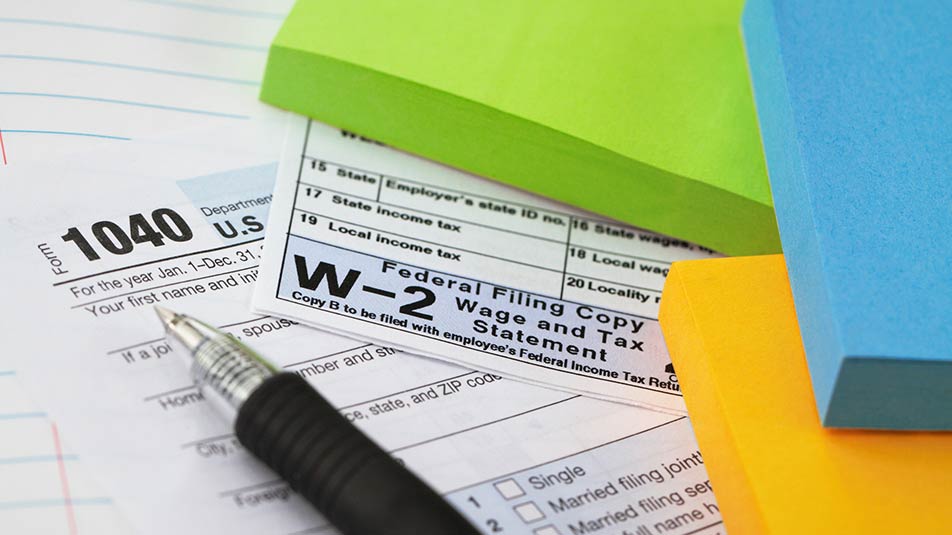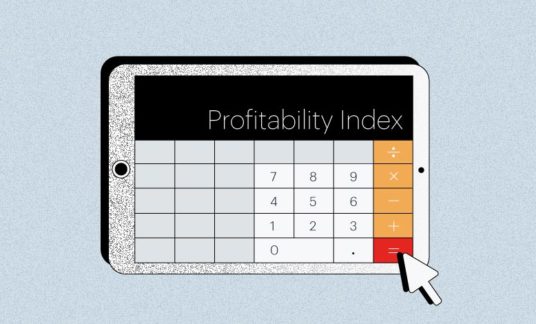At the end of every year, employers need to prepare and distribute W-2 forms to their employees to report wages, tips, deductions and other information. Employees need these forms to prepare their annual tax returns.
Employers also must file W-2s with the Social Security Administration (SSA) and appropriate state taxing authorities.
Learn about the W-2 filing deadlines for 2020 and follow these steps before preparing these forms for your staff.
W-2 Form 2020: What You Need to Know
There are a few essential things you need to know about preparing W-2 forms.
1. Worker Classification
There’s a difference between an employee and an independent contractor. The amount of behavioral and financial control as well as the relationship between the company and the worker determine the classification.
In general, the IRS considers someone an employee if the business has the right to direct and control the work, including things such as where and when the work is done. Employee wages are reported on W-2 forms.
Independent contractors, such as agents or brokers, are charged with delivering a result, but they choose the manner and method in which to provide those results. Independent contractors might include outside consultants, contract information technology workers or those who perform work that isn’t essential to core business operations.
W-2 forms aren’t given to contract workers, freelance workers or independent contractors. Payments to such workers are reported on 1099 forms.
Businesses should review the IRS rules on classifications and check with their legal advisers before classifying an employee. Failing to properly classify workers can result in fines and penalties.
2. Payroll Information
All W-2 forms must have the same basic information about your company. This includes the legal name and address of the business, the state tax ID numbers and an employer identification number (EIN). If your business is new or you don’t have an EIN, you’ll need to apply for one using an SS-4 form.
A W-2 form has information unique to each employee:
- Name, address and Social Security number (SSN). Though not required, employers may truncate the SSN on employee W-2 copies. However, SSN truncation can’t be used on Copy A of Forms W-2 sent to the Social Security Administration. Check with your state and local government to find out their stance on SSN truncation.
- Gross pay, including wages, tips and other compensation
- Federal income tax withheld
- Social Security wages (subject to the maximum withholding amounts for the tax year)
- Medicare wages (including any additional Medicare tax for high earners)
- Taxable employee benefits
- State wages and state income tax withheld if applicable
- Local wages and local income tax withheld if applicable
3. W-2 Form Preparation
Most businesses use tax-preparation software, accounting software or payroll services to fill out W-2 forms. If you’re doing it yourself, be aware that you can’t write these forms by hand. The IRS recommends typing the forms using blank ink and a 12-point Courier font to allow the machines to read the print.
Form W-2 is made up of the following:
- Copy A is used for filing with the SSA
- Copy B is for the employee’s use in filing a federal tax return
- Copy C is for the employee’s records
- Copy 1 is used for state, city and/or local tax filing by the employee
A W-2 Shouldn’t Be Confused With Employee Form W-4
The W-4 form is filled out by employees to let their employer know how much money to withhold from their paycheck for federal income taxes.
The W-4, known as the Employee’s Withholding Allowance Certificate, must be collected any time a new employee starts working at a company.
Employers use the information to determine the amount of federal income tax to withhold from each paycheck. It will also be used to calculate state and other income taxes. Employers are required to keep a W-4 form on file for all employees.
The IRS has updated the W-4 form for 2021. If new employees start in 2021, employers should use the 2021 W-4 form. Current employees don’t have to fill out a new version but should use the new one if they want to make any changes.
Contract workers or freelance workers don’t need to fill out a W-4 form. Instead, independent contractors must submit a W-9 form to businesses to which they provide services.
What’s the Deadline for W-2 Distribution?
Typically, employers are required to distribute W-2 forms to employees by Jan. 31 of the year following the reporting year. However, because that date falls on a Sunday in 2021, the due date this time around will be Monday, February 1, 2021, the next business day. The same deadline applies for 1099-MISC forms for independent contractors.
What’s the Deadline to File a W-2?
The same deadlines that apply to employee distribution also apply to filing with the SSA.
Employers can file employee Copy A of W-2 forms with the SSA online or through the mail. Along with W-2 forms, employers must submit W-3 forms to the SSA. The W-3 form, titled “Transmittal of Income and Tax Statements,” is a summary of all W-2 wages and other information.
1099-MISC forms for independent contractors need to be filed with the IRS by the same deadline date, along with Form 1096, which is a summary of the 1099-MISC information.
For state filing deadlines, employers should check with the taxing entity in their state. Some states have different deadlines.
Filing W-2 Forms Online
Employers can file their W-2 forms online, using the SSA’s business service online website. Businesses must register first before using the system and verify the information.
For 1099-MISC forms, businesses upload them to the Filing Information Returns Electronically (FIRE) system. Forms must be transmitted electronically. Scans or PDF copies are no longer accepted. Employers must also request an original transmitter control code (TCC) before filing.
If employers have 250 or more forms of each type to file, they are required to file online. That said, the IRS encourages all businesses to file online, regardless of the number of forms they’ll be submitting.
Keep in mind that states have different requirements for online filing of W-2 and 1099 forms. Businesses should consult their state’s Department of Revenue or Department of Taxation for specific requirements.
Correcting W-2 Errors
Employers should check carefully for the accuracy of W-2 forms before distribution. Mistakes can cause problems for employees when they go to file their taxes. They can also lead to fines for employers if the errors aren’t caught and corrected.
-
Before Filing With SSA
If you spot a mistake before the filing deadline, you can re-issue the form. Employers would check “Void” on Copy A of the incorrect W-2 and create a new W-2 with the correct information.
Employers should write “CORRECTED” on employee copies and distribute them. Then, employers file the correct version of Copy A (without the “CORRECTED” notation).After Filing With SSA
If you find an error after filing with the SSA, you’ll need to fix the error. Use form W-2c (Corrected Wage and Tax Statements) to correct the error and transmit the correction to the SSA.
Employers also will need to make the necessary correction to the W-3 form using Form W-3c. The W-3c form will need to be submitted whether the correction involves numerical or non-numerical information, such as name or address, even if the correction doesn’t change the amounts reported.
W-2 Extension 2020
The IRS grants limited exceptions to the filing deadlines. To qualify for an extension, employers must attest to the extraordinary circumstances that would cause a delay. The form lists such events as these:
- Catastrophic event in a federally declared disaster area making records unavailable
- Fire or natural disaster that impacts operations
- Death or serious illness of the person responsible for filing the information
There also have been exceptions made for businesses that are in their first year of operation.
Employers can only receive one extension, which extends the deadline for 30 days. Use Form 8809 (Application for Extension of Time to File Information Returns).
Late-Filing Penalties
Employers that fail to file tax forms before the applicable deadlines can face penalties. Actions that can draw penalties include:
- Failure to file the correct forms by deadline dates
- The “intentional disregard” of filing obligations
- Failing to provide W-2 forms to employees
- Filing the wrong forms for employees
In some cases, penalties can be assessed by the IRS for each return that is incorrect or not filed. The amount of penalties will vary depending on various factors, such as if the errors were made with a willful intent to deceive, the number of failures, size of the business (gross receipts) and the length of time before the correct forms are filed.













